Two organizations, Friends of Bute Inlet and the Sierra Club of BC, complained to the Forest Practices Board about the impact of a hydroelectric project on forest resources. The “run-of-river” Toba River and Montrose Creek Hydroelectric Project, located about 100 kilometres north of Powell River, is owned by Toba Montrose General Partnership (the proponent). It underwent an environmental assessment, was approved by both the provincial and federal governments in 2007, and began operating in August 2010.
The complainants asked the Board to assess:
This is the board’s first investigation into a complaint about the impact a run-of-river hydroelectric project might have on forest resources. Understanding how forest resources were managed required consideration of the overall regulatory framework, including regulations and policies that fell outside of the Board’s authority. This “big picture” approach was made possible through the cooperation and support of various government agencies and the project proponent. The resulting report provides a learning opportunity to promote sound forest management for future run-of-river projects.
This investigation brings attention to the special value of trees of exceptional size or form, age or historical significance. Such trees, and sometimes the forest stands that contain them, having withstood the ravages of time over many centuries, can inspire awe and reverence, a sense of spirituality and connection to past events. Descriptors such as mammoth, heritage, cathedral-like, ancient, antique and monumental are not uncommon.
In May 2010, the Forest Practices Board received a complaint from a resident of Nanoose Bay about planned logging on District Lot (DL) 33. DL 33 is a 64-hectare parcel of Crown land near Nanoose Bay containing mature forest and some older veteran trees within the Coastal Douglas-fir ecosystem. The complainant is concerned about the integrity of the ecosystem and wants DL 33 to be protected from logging. Should logging proceed, the complainant wants to know how wetlands, rare species, plant communities, fish streams, and groundwater values on DL 33 will be protected.
In 2009, Gitanyow Hereditary Chiefs (the complainant) filed a complaint with the Board asserting that Canada Resurgence Development Ltd. (CRD), the holder of FL A16884, was not doing enough to ensure that it met its silvicultural obligations for achieving a free‐ growing crop of trees in cutblocks within Gitanyow territory, and thatMFR was not adequately enforcing the licensees’ silviculture obligations.
Forest Licence A16884 is in the Kalum Forest District. The Kotcho area is within the operating area for this licence, and is within the hereditary territory of Gitanyow. Gitanyow territory includes parts of the Nass River and the Cranberry River, northwest of Terrace. The licence has changed hands several times over two decades and there has been a pattern of licence holders going into receivership and failing to complete the silviculture obligations.
In September 2009, the Board received a complaint about large pieces of wood (i.e., logs) being left on a cutblock at the head of the Bigmouth Creek watershed, in the interior cedar hemlock (ICH) biogeoclimatic zone north of Revelstoke. While working in the area, the complainant observed large amounts of sound wood, including cedar, hemlock and spruce, in waste piles in cutblock A60881. He also saw that at least one large spruce taken was from outside the block boundary. The complainant was concerned that merchantable timber was being left, rather than being removed to a mill. The complainant was also concerned about the impact that the harvesting in an old cedar ecosystem would have on threatened species, such as wolverine and caribou.
In 2009, the Canadian Centre for Policy Alternatives (the complainant) filed a complaint with the Forest Practices Board (the Board) over how wood left behind at logging operations throughout British Columbia is measured and reported.
‘Wood waste’ is any timber that meets merchantability specifications, was not removed from the cutting authority area and was not reserved from cutting. In the opinion of the complainant, wood waste that is not correctly measured and recorded may have implications on forest management (e.g., biological diversity, sustainable rate of harvest) and revenue to the Crown.
The Board reviewed how waste surveys are conducted and whether the waste manual is being applied in a consistent manner across the province. The Board also evaluated the qualification of individuals completing the surveys. If the manual is being followed, the accuracy of the data collected and reported is largely dependent upon the qualification and experience of individuals completing the waste surveys and those conducting check surveys.
